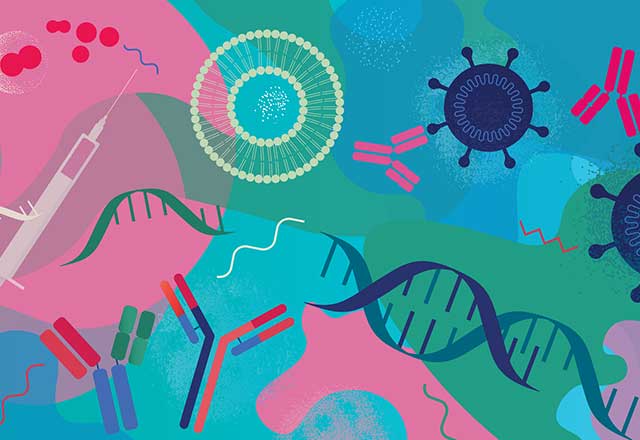Across Generation Lines: The Importance of Studying Elderly Populations
“Why would you want to study that?” This is a question I have received when I share that I research the genetics of frailty —… Read More »Across Generation Lines: The Importance of Studying Elderly Populations









